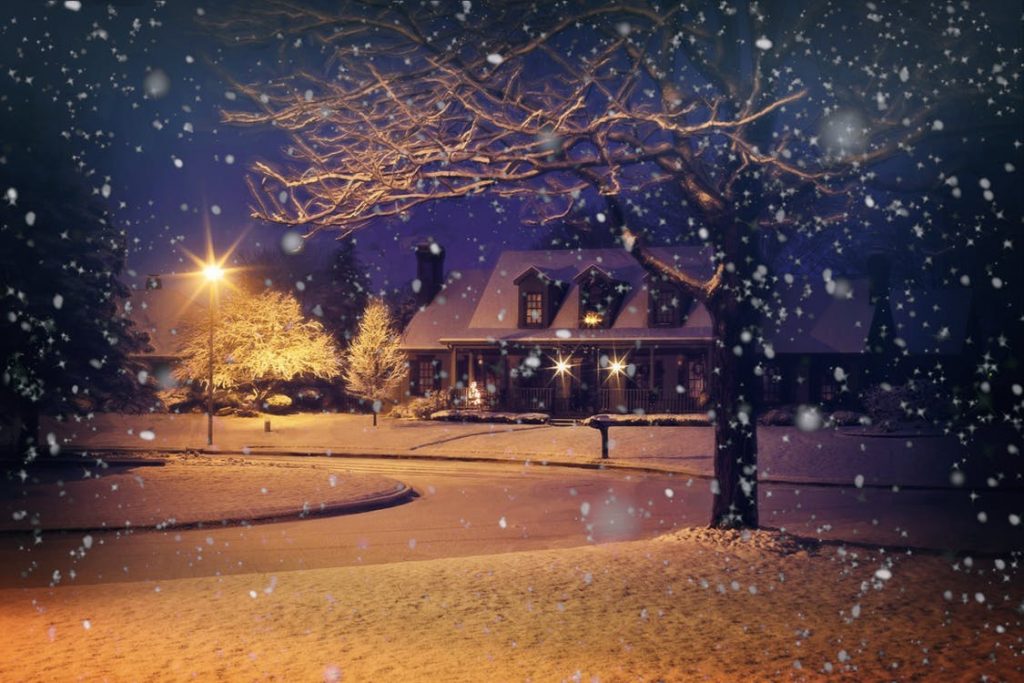Dangers of Speeding in a Residential Neighborhood

If you speed through a residential neighborhood and hit someone with your vehicle, is it really an “accident”? Sure, you didn’t mean to hurt anyone, but you were, in fact, breaking the law, and driving dangerously. Children can come out of nowhere. When you were a child, did you think about “safety first” when playing in your front yard?
Residential areas are where people live, raise their families, and enjoy the comforts of their homes. These streets are not highways. If drivers follow the rules and drive under the legal speed limit, they should have enough time to stop if a child or pet runs into the street. But there is no substitute for caution!
The Penalties: It’s Not Worth Speeding
Residential areas in Nebraska have a 25 mile per hour speed limit. This number is subject to a zero-tolerance policy. If you travel 26 miles an hour through a residential neighborhood, you are speeding and can receive a ticket. It’s that simple.
Driving above the speed limit can result in points being assessed against your license. If you receive 6 points within a year and are under age 21, you will be required to attend a driving education class or risk your license being suspended until you reach 21. If you gather 12 points over two years as an adult, you must attend the class AND your license is suspended for a six-month period. The class is only available to drivers once in a five-year period.
In addition to this, your car insurance rates will probably go up, as your insurer may consider you an increased risk.
The Risks to Others: It’s Not Worth Speeding
Disturbingly, the National Highway Traffic Safety Administration reports that most people who are speeding through residential areas…actually live in the neighborhood! You might be eager to come home after work, but that’s no excuse if a child is hit and seriously injured. As drivers increase their speed above 20 mph, the chances of causing a fatal pedestrian accident increase dramatically. Here are the estimated fatality rates as speeds increase:
- 20 mph – 5 percent fatal
- 30 mph – 40 percent fatal
- 40 mph – 80 percent fatal
- 50 mph – almost 100 fatal
The fatality rates for children are even higher than the averages listed above. It’s been said, and we’ll say it again: Be safe, not sorry!
How to Prevent Speeding in Your Neighborhood
Research shows that traffic calming measures are a great way to reduce pedestrian injuries and fatalities. Reducing the speed of drivers and limiting traffic flow through your neighborhood will also make it quieter and a more pleasant place to live.
There are things you can do by yourself to calm local traffic, such as putting up yard signs. But the best way to really make a difference is to organize with your neighbors, come up with a plan, start writing letters, and attend local HOA and city council meetings.
Effective traffic calming measures include:
- Yard signs that say, “Slow Down” and “Kids at Play” will make people more aware of where they are and remind them why they should drive more slowly.
- Use a radar gun to record the speeds of cars traveling through your neighborhood and share the results with local law enforcement officials to help convince them to enforce local speed laws.
- Speed humps are raised areas of pavement that force drivers to slow down. There should also be signs warning drivers about the speed humps and telling them to slow down.
- Chicanes are a series of islands that narrow the road and force drivers to slow down.
- Bulb-outs, also known as chokers or corner extensions, narrow the road at certain sections of the street, such as entry points and mid-block locations, to force drivers to slow down.
- Lane narrowing, half closures, median barriers, and turn islands can all be used redirect and reduce traffic speed.
- Make crosswalks safer by using strategies that include high-visibility signs, blinking lights, textured surfaces, and raised crosswalks.
Driver Behavior Makes All the Difference
Driver behavior is crucial to safety in residential neighborhoods. When you’re driving, go slow enough to see and respond to every new circumstance. Look under parked cars, and you may see children’s feet from the sidewalk, though you can’t see them otherwise. If it’s dark, take another 10 mph off your speed, just in case. In short, take every precaution necessary to avoid bringing tragedy to your own neighborhood.
If a speeding driver hurt you, your child, or a neighbor, reach out to a dedicated Omaha personal injury attorney at Bottlinger Law L.L.C. We’re parents, and we know how confusing and emotional an Omaha pedestrian accident can be. Call us today at (402) 505-8234 for a FREE consultation.
Bottlinger Law
Consultation Form
Our legal team is ready to help. Please fill out the form below to set up a free consultation with the Bottlinger Law team.